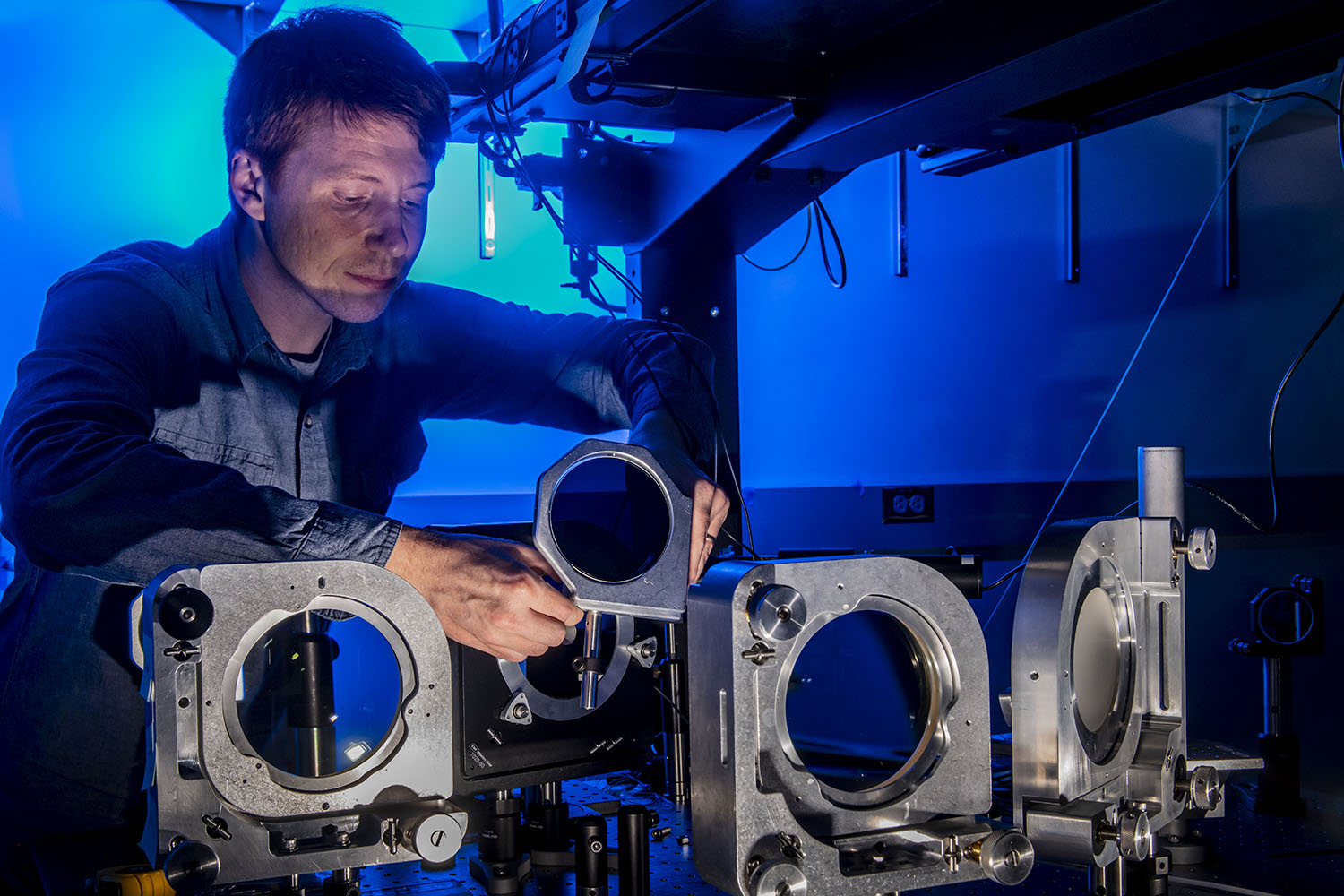Exploring Extreme States of Matter
At the end of the twentieth century, physicist Hugh Van Horn outlined grand challenges in probing the behavior of matter under astrophysical conditions. What happens when atoms are squeezed so closely together that their separations are smaller than fundamental quantum scales like the de Broglie wavelength or the Bohr radius? How can we describe matter when its thermal, Fermi, and Coulomb energies are all comparable—conditions where familiar tools of condensed matter or plasma physics break down?
Today, with powerful laser facilities such as OMEGA and exascale high-performance supercomputers, researchers access these extreme regimes in experiments and to understand the exotic physics of matter through large-scale first-principles calculations. Exploring them not only pushes the frontiers of physics to describe the most extreme environments in the universe but also sharpens the models used to predict the performance of fusion implosions.












